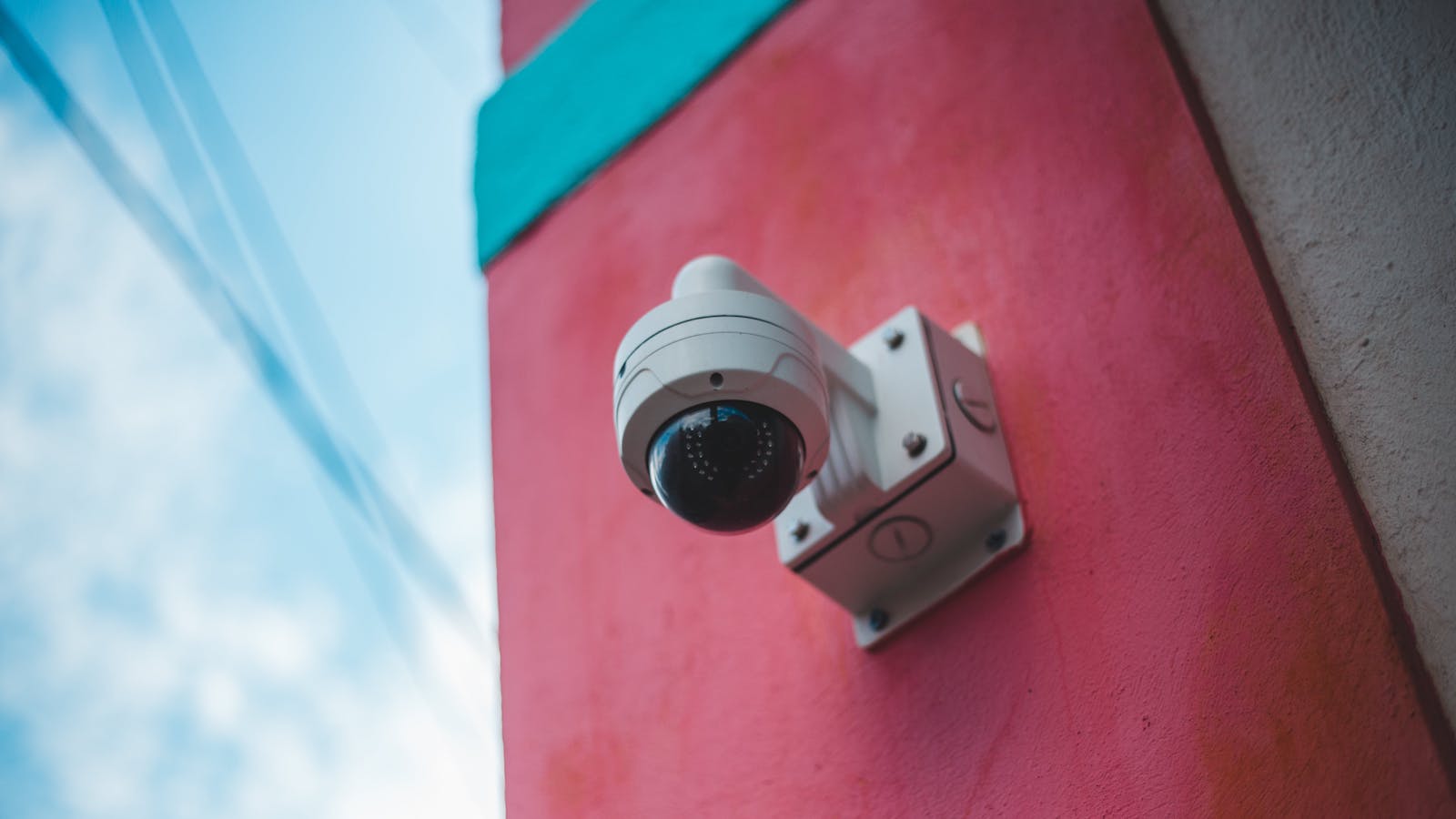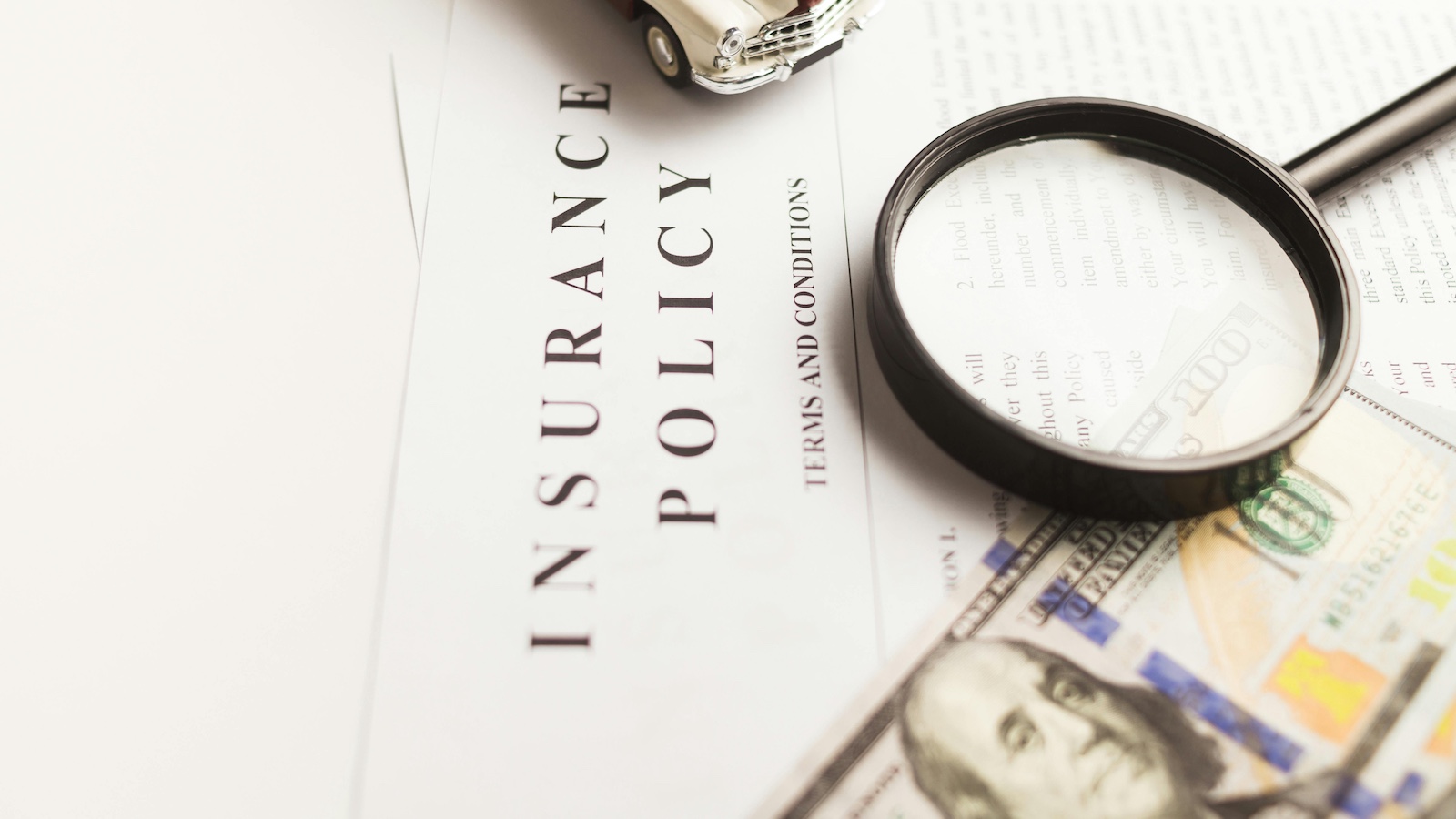By applying artificial intelligence (AI) to analyze client camera footage, we are seeing the beginning of a revolution in workplace safety.
The Traditional Approach and Its Limitations
Traditionally, workers' compensation has been a straightforward transaction: Employers buy insurance, and in return, injured employees receive compensation without having to sue their employer. Loss control measures, such as safety training and ergonomic assessments, are helpful but often fail to address all potential risks, primarily because they rely on human observation, which has limitations due to time and inability to objectively measure improvement.
AI-Powered Risk Detection: A Paradigm Shift
Applying AI, specifically computer vision, to camera footage marks a significant shift. AI algorithms, equipped with computer vision capabilities, can analyze video feeds to detect risky behaviors, such as forklift safety hazards or too-frequent overhead lifts. This technology goes beyond passive surveillance, actively identifying patterns and anomalies that might precede workers’ comp claims. Unlike traditional methods, AI-driven analysis is exhaustive and unbiased and can examine hundreds of hours of video instead of relying on a short visit by a loss control professional.
Superiority Over Traditional Loss Control
Using AI for risk assessment is superior to only using traditional loss control measures for multiple reasons. AI provides a constant and consistent level of vigilance that is humanly impossible to achieve. For instance, AI can monitor ergonomic practices across an entire factory floor simultaneously, flagging risky postures or movements that could lead to musculoskeletal issues. This level of detailed, continuous monitoring can pinpoint risks that would typically go unnoticed until an injury occurs.
See also: How Wearables Can Improve Worker Safety
The Role of Data Science: Making Sense of the Data
Data science translates the vast amounts of data collected by AI into actionable insights. Techniques like heat mapping can visually represent areas of high-risk activities, helping safety managers understand the frequency and severity of potentially dangerous behaviors. By converting raw data into a comprehensible format, data science enables organizations to focus their preventive measures more effectively.
Empowering Safety and Risk Managers
The insights garnered from AI analysis equip safety managers with a more profound understanding of workplace hazards. This understanding is grounded in tangible data, reflecting actual employee behaviors and environmental conditions. Managers can use this information to devise targeted strategies to mitigate identified risks, such as redesigning workstations, adjusting workflows or providing specific training.
Impact on Premiums
With a comprehensive report on risks, employers can take steps to lower these risks. Adjustments in the workplace based on AI-driven data not only enhance employee safety but significantly reduce the likelihood of workers' comp claims. As the frequency and severity of claims decrease, insurance providers may reassess the company's risk profile, leading to lower insurance premiums. This direct correlation between improved safety measures and reduced insurance costs underscores the financial benefits of leveraging AI in conjunction with cameras.
See also: How to Stop Claims Leakage
Conclusion
The confluence of AI and security cameras at CompScience represents a transformative development in the realm of workers' compensation and workplace safety. By enabling an aggressive, data-driven approach to risk management, this technology is helping businesses to significantly reduce the frequency and severity of workplace injuries. The resulting decline in workers' comp claims not only enhances employee well-being but also provides substantial financial benefits to employers in the form of lower insurance premiums.
As AI technology continues to evolve, its role in shaping a safer, more efficient workplace becomes increasingly important, heralding a new era in occupational health and safety management.






